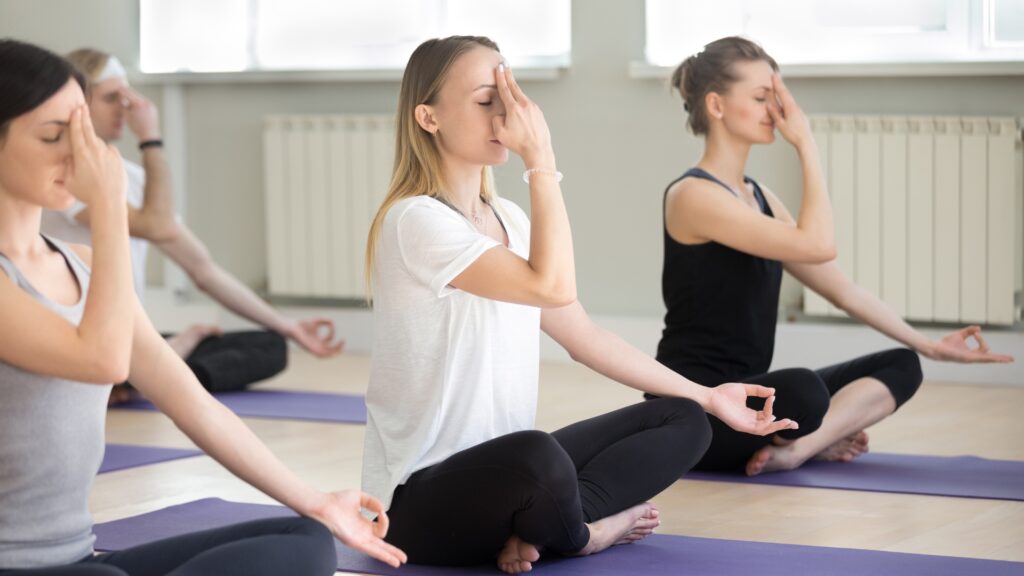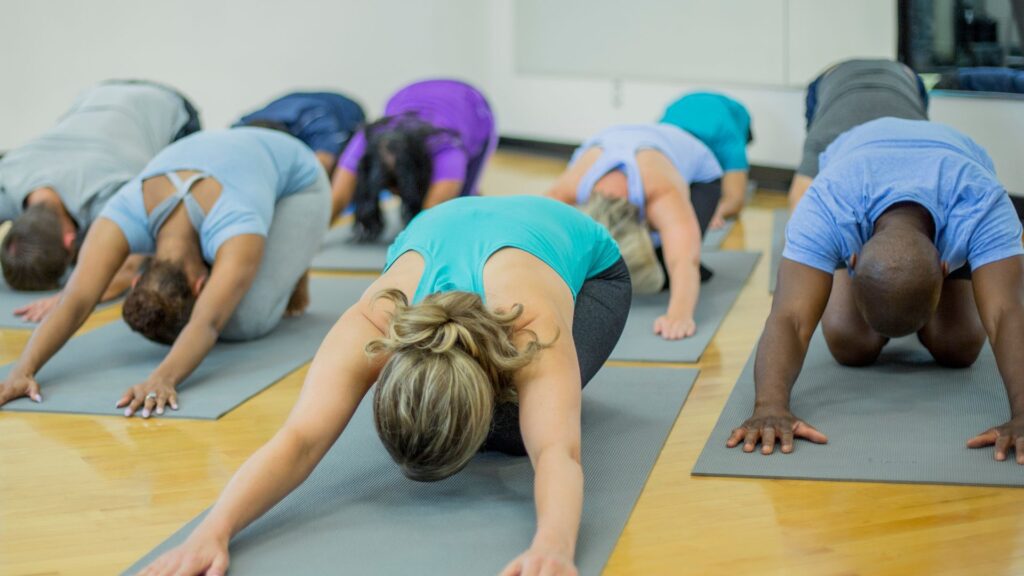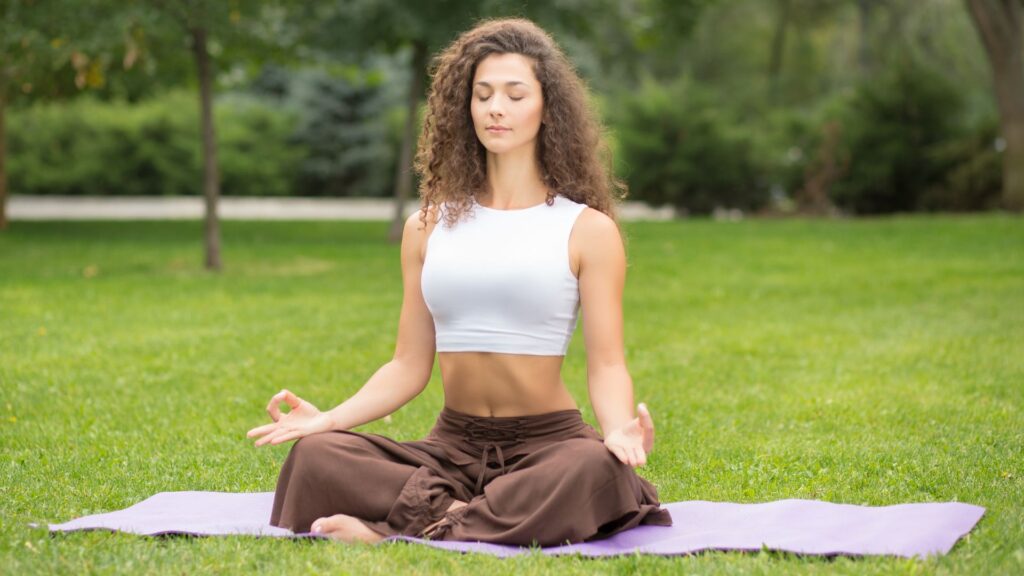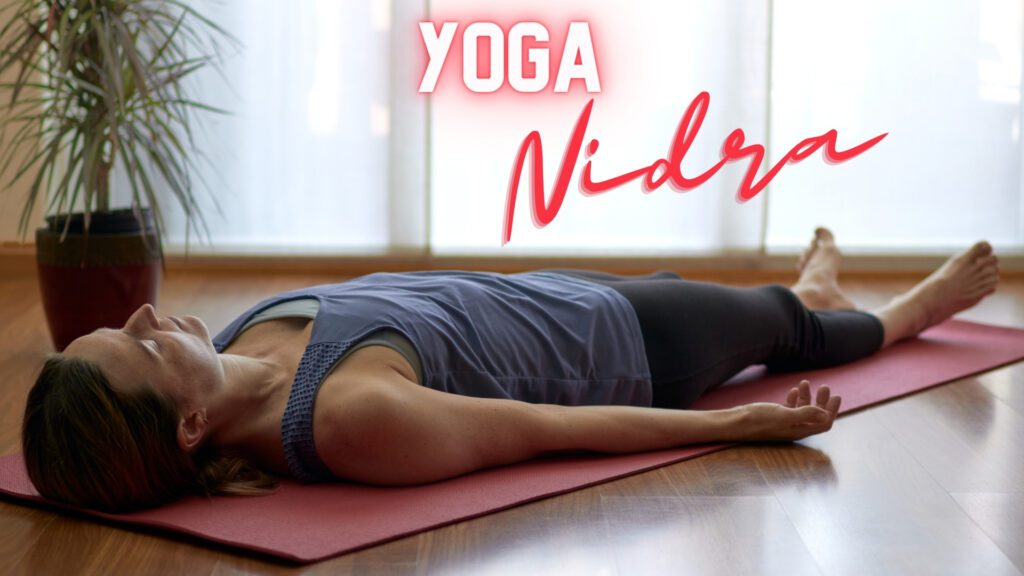Pranayama is an ancient Indian breathing technique that has been used for centuries to promote physical and mental wellbeing. It involves controlling the breath and has numerous benefits, including the ability to control the brain. In this article, we will explore the benefits of pranayama, different types of pranayama techniques, and how to incorporate pranayama into your daily routine to control your brain.
Benefits of Pranayama
Pranayama has numerous benefits for the body and mind. Some of these benefits include:
Reduced Stress: Pranayama has been shown to reduce stress and anxiety levels by regulating the autonomic nervous system.
Improved Lung Function: Pranayama can improve lung function and increase oxygen supply to the body, which can improve overall health and wellbeing.
Better Sleep: Pranayama can help regulate sleep patterns and promote better quality sleep.
Improved Concentration: Pranayama can improve focus, memory, and concentration by increasing blood flow to the brain.
Increased Energy Levels: Pranayama can increase energy levels and reduce fatigue by increasing oxygen supply to the body.
Types of Pranayama Techniques
There are numerous types of pranayama techniques, each with its own unique benefits. Here are a few of the most popular techniques:
- Nadi Shodhana (Alternate Nostril Breathing)
Nadi Shodhana is a technique that involves breathing through alternate nostrils. It is believed to balance the two hemispheres of the brain, promote relaxation, and improve focus. - Bhramari (Bee Breath)
Bhramari is a technique that involves making a humming sound while breathing. It is believed to reduce stress and anxiety levels and improve concentration. - Kapalbhati (Skull Shining Breath)
Kapalbhati is a technique that involves rapid and forceful exhalations. It is believed to improve lung function, increase energy levels, and promote mental clarity. - Ujjayi (Ocean Breath)
Ujjayi is a technique that involves breathing through the nose while making a soft hissing sound. It is believed to calm the mind, reduce stress, and improve focus.
How to Incorporate Pranayama into Your Daily Routine
Incorporating pranayama into your daily routine is easy and can be done anywhere, anytime. Here are a few tips to help you get started:
- Set Aside Time Each Day
Set aside time each day to practice pranayama. Even just a few minutes each day can have numerous benefits for your body and mind. - Find a Quiet Space
Find a quiet space where you can practice pranayama without distractions. This could be a quiet room in your home or a peaceful outdoor space. - Start Slowly
Start with simple pranayama techniques and gradually work your way up to more advanced techniques. Remember to take your time and listen to your body. - Consult a Professional
If you are new to pranayama, it may be helpful to consult a professional to ensure you are practicing the techniques correctly and safely.
Conclusion
Pranayama is a powerful breathing technique that can promote physical and mental wellbeing. By incorporating pranayama into your daily routine, you can reap the numerous benefits, including the ability to control your brain. Remember to start slowly, find a quiet space, and consult a professional if needed. With regular practice, you can improve your lung function, reduce stress, improve concentration, and increase energy levels.





